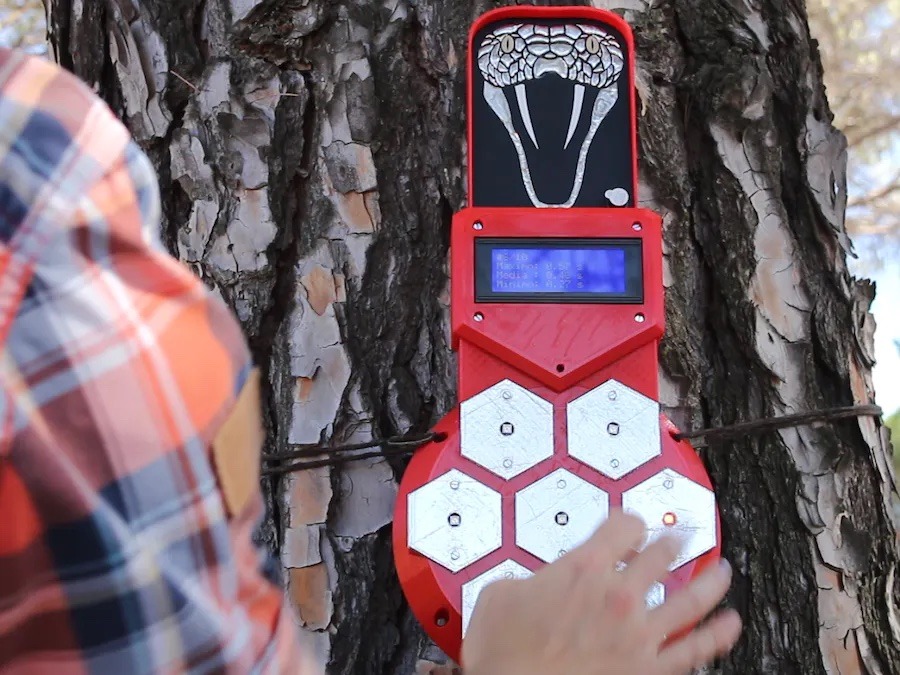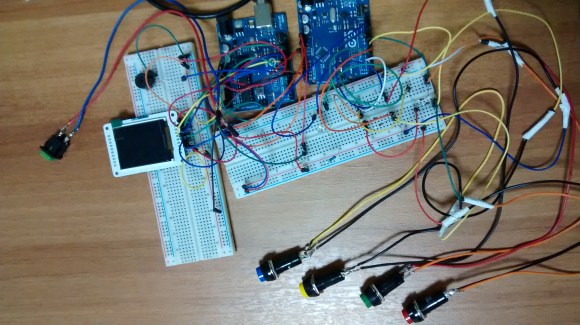21

Video games are popular because they provide a clear and reliable loop of effort and reward. If you smash the baddie, you get experience; get enough experience and you level up. But real life isn’t like that and there is little direct correlation between effort and reward, which is dissatisfying. Gamification techniques address that by providing game-like rewards in real life. If you want to gamify physical speed and dexterity, then the DIY Cobra reflex coach may be the ticket.
Cobra works a lot like the consumer training devices on the market. It has several big buttons that you must push as quickly as possible after they light up. And it provides gamification by quantifying your performance. Get a little bit faster and you’ll immediately be rewarded with objective feedback on your enhanced speed. That gives you incentive to keep practicing and over time you agility should grow. Continue and you may just become the next Bruce Lee.

This is a compact unit, so the enclosure is 3D-printable and can be mounted to a wall or tree. Inside the housing there is a massive PCB, complete with cobra head artwork. That PCB contains an Arduino UNO Rev3 board, a 16×2 character LCD screen, and a small piezo buzzer. Adafruit NeoPixels illuminate the buttons, indicating which one you should strike at any given moment. Those buttons are actually capacitive touch pads, so you don’t have to hit them hard— even a light tap will register.
The post Channel your inner Bruce Lee with this DIY reflex coach appeared first on Arduino Blog.

 Summer is upon us. The
Summer is upon us. The 
